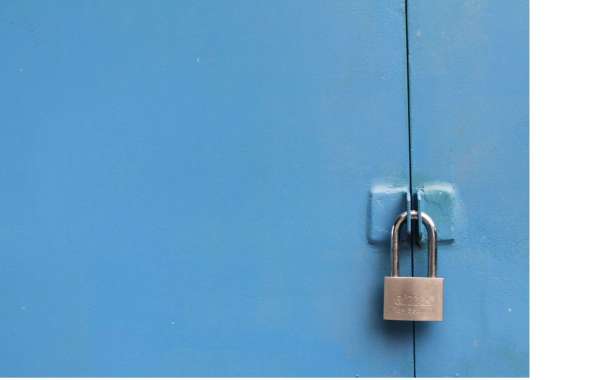DIY projects can be incredibly satisfying. You save money, pick up a new skill, and enjoy the pride of a job well done. But sofa upholstery is a tricky beast. Small errors can turn your enthusiasm into a costly headache.
Here’s a breakdown of what often goes wrong, particularly with uneven stitching and bad fabric choices. If you’re considering bypassing sofa upholstery services to tackle it yourself, read this first.
Mistake #1: Uneven Stitching
Once fabric is pulled taut over a sofa, stitches are front and center. Sloppy or irregular stitching can overshadow even the most careful work.
Why it happens:
- Lack of prep: Skipping measurements or not marking guidelines.
- Underpowered tools: Standard sewing machines often can’t handle upholstery fabric’s weight.
- Inconsistent pressure: Thick materials need steady hands, which takes practice.
The fallout? Warped seams, jagged lines, and corners that don’t match, giving a cheap, homemade vibe.
How to prevent or fix it:
- Invest in a heavy-duty sewing machine with a strong needle.
- Test your technique on spare fabric.
- Secure seams with pins or basting before final sewing.
- Take your time—slow sewing yields straighter stitches.
Mistake #2: Choosing the Wrong Fabric
Fabric isn’t just about aesthetics—color, pattern, or feel. The wrong type can ruin your project fast.
Frequent errors:
- Thin or elastic materials: They stretch or tear easily.
- Weak weaves: These fray or distort during sewing.
- Regular fabrics: Not built for upholstery’s tension, staples, or wear.
What happens:
- Stubborn wrinkles
- Sagging or ripping after minimal use
- Fading colors
- A look that doesn’t fit the sofa’s form
Smart picks:
- Sturdy, tightly woven fabrics
- Materials labeled “upholstery-grade”
- Cleanable, fade-proof options for pet- or kid-heavy homes
Pro tip: Always buy more fabric than you think you need. Extra is key for pattern matching, repairs, or covering unseen spots like the underside.
Mistake #3: Reusing Worn Padding
Old foam or batting feels flat or uneven. Covering it with new fabric won’t hide the discomfort.
Fix: Replace the padding. New foam or batting makes the sofa feel fresh and supportive.
Mistake #4: Forgetting to Label Fabric
Cut fabric pieces can be hard to tell apart. Confusing sections for the back, arms, or cushions—especially with patterned fabric—causes chaos.
Solution: Mark each piece with chalk or pins. This quick habit prevents big mistakes.
Mistake #5: Overlooking Structural Issues
Sofas wear down over time. Check the frame, joints, and springs before starting. New fabric won’t fix a wobbly or creaky base.
Test it: Sit, shift, or press down. Hear noises? Feel dips? Repair or reinforce first.
DIY or Go Pro?
With the right tools, time, and determination, DIY sofa upholstery is within reach. But it’s a demanding job with plenty of challenges.
If you’re working on a cherished sofa or want a pro-level result, sofa upholstery services might be worth it. Professionals offer precision and expertise, ensuring a top-notch finish without the hassle.
Closing Thought
The worst error? Assuming sofa upholstery is a simple cover-up. It’s a mix of craft and technical skill. While you can tackle it yourself, cutting corners or using the wrong materials can make your sofa worse off.
Take it slow. Study your options. Know your skill level. And if it’s too much, call in the experts.







